Everything You Need to Know Before Getting a Pet Fish
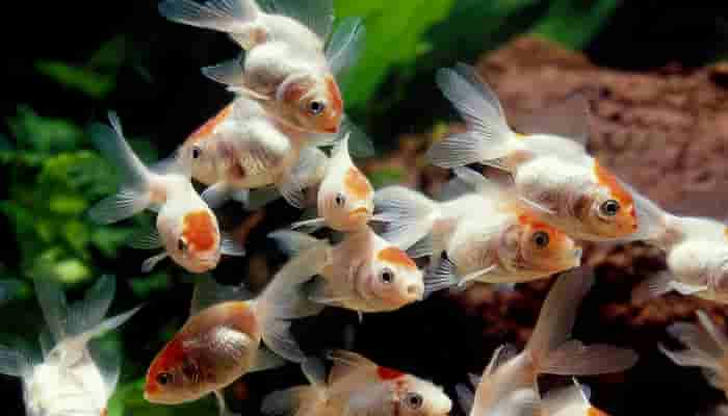
Picture this: a cozy room with a colorful aquarium, where beautiful fish dart gracefully between plants and rocks. The soft glow of the water, the gentle bubbles rising, and the calming sound of the water current make everything feel peaceful and relaxing. If you’ve ever found yourself mesmerized by the sight of a tank full of happy fish, you’re not alone! Fish are wonderful, low-maintenance pets that can bring a little slice of tranquility into your home.
But before you rush out to pick your favorite fish, there’s more to think about. It’s not just about choosing the prettiest fish or the most stylish tank — you’ll want to make sure your new fish have everything they need to stay happy and healthy. Whether you're a complete beginner or looking for some helpful tips, here’s everything you need to know to get started on the right foot.
1.Choosing the Right Fish for Your Experience Level
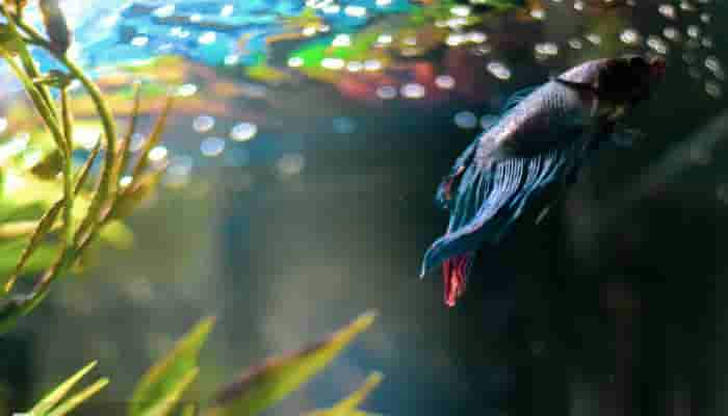
Before jumping into the world of fishkeeping, it’s important to consider your experience level. Different fish species have different care requirements. If you’re a first-time fish owner, it's a good idea to start with species that are easy to care for and low-maintenance.
Beginner-Friendly Fish: Fish like Betta fish, Guppies, or Neon Tetras are great options for first-timers. They’re hardy, easy to feed, and don’t require a lot of special care.
Intermediate Fish: If you’re ready for a bit more responsibility, you can try fish like Cichlids, Angelfish, or Zebra Danios. These fish can be a little more sensitive and may require specific water conditions or tank mates.
Advanced Fish: Some species, like Oscar fish or Pufferfish, require more care, attention, and specific tank setups. These are best suited for more experienced fish owners.
Remember: it’s always better to start simple and work your way up as you get more comfortable with your tank setup and maintenance.
2. Setting Up the Perfect Aquarium
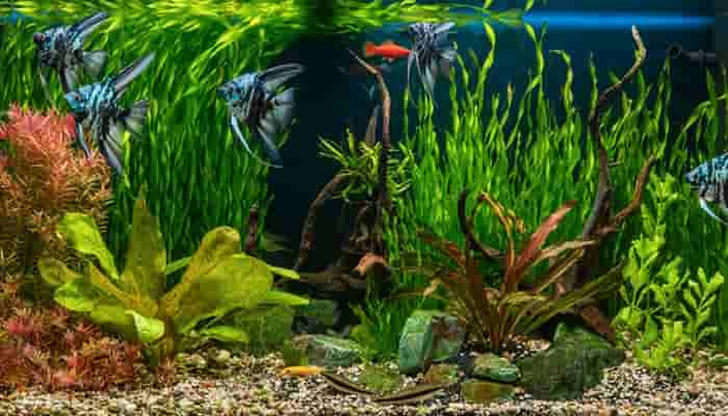
Once you’ve decided on the type of fish you want, it’s time to think about their home! The size of your aquarium and how you set it up is crucial for the health of your fish.
Tank Size: The bigger the tank, the better. While a 5-gallon tank might work for one Betta fish, most fish need at least a 10-gallon tank to thrive. Larger tanks are also easier to maintain, as they help keep the water conditions more stable.
Filtration: Fish need clean water to stay healthy, so a reliable filter is a must. Make sure the filter is suited for the size of your tank and can handle the type of fish you plan to keep.
Water Conditions: Different fish species have different water requirements. Some fish like tropical fish (e.g., Neon Tetras) need warmer water, while cold-water fish like Goldfish do better in cooler temperatures. You’ll need to monitor the water temperature and adjust it using a heater if necessary.
Decor and Plants: Your fish will appreciate a tank that feels like home, with hiding spots, plants, and decorations. Be sure to choose non-toxic decorations and plants that won’t harm your fish or disrupt the water’s balance.
3. Feeding Your Fish
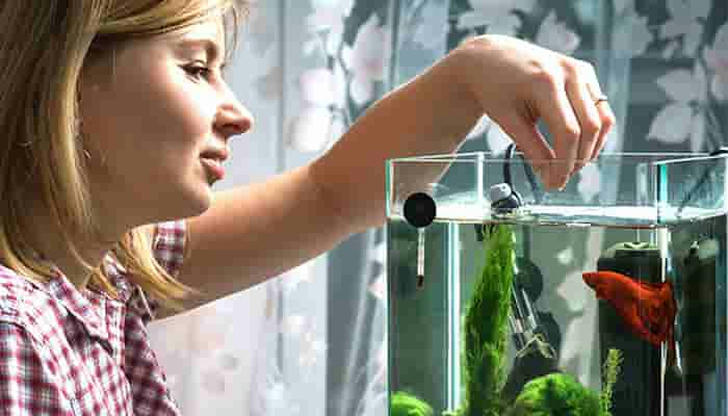
Proper nutrition is essential for keeping your fish healthy. What you feed them will depend on the species you choose, but in general, most fish eat special fish flakes, pellets, or frozen food. Here’s what you should know:
Types of Food: There are different types of food for different fish. Flakes are common for many species, while others (like Betta fish) might prefer pellets. If you have carnivorous fish, you may need to supplement with frozen or live food, such as brine shrimp or bloodworms.
Feeding Frequency: Most fish should be fed once or twice a day. Be careful not to overfeed! Uneaten food can decompose and affect the water quality. It’s better to underfeed slightly than to overfeed.
4. Maintaining Your Tank and Keeping Your Fish Healthy
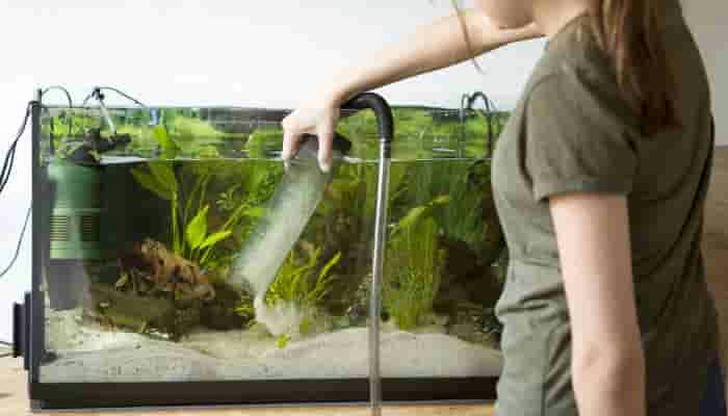
Once your fish are settled in, you’ll need to keep an eye on the tank’s water quality and make sure your fish stay healthy.
Regular Water Changes: At least once a week, you’ll need to do a partial water change (about 20-30%). This helps remove toxins and keeps the water clean. Make sure to treat tap water with a water conditioner before adding it to the tank.
Monitoring Water Quality: You can buy water testing kits to check your tank’s pH, ammonia, nitrites, and nitrates. Keeping these levels in check is key to your fish’s health.
Fish Health: Watch for signs of illness in your fish, like strange swimming patterns, loss of appetite, or faded colors. If you notice anything unusual, it might be time to isolate the affected fish and consult with a vet who specializes in fish care.
5. Understanding Tank Mates

If you’re planning on having more than one fish in your tank, it’s important to choose species that get along well. Some fish are territorial or aggressive, while others prefer to swim in groups and are peaceful.
Peaceful Species: Fish like Neon Tetras, Guppies, and Corydoras Catfish are generally peaceful and do well in community tanks.
Aggressive Species: Fish like Betta fish (especially males) or Cichlids can be aggressive, so they may need to be kept alone or with very specific tank mates.
Schooling Fish: Many fish, like Tetras and Danios, prefer to be kept in schools of at least 5-6 individuals. Having multiple fish of the same species helps them feel secure and reduces stress.
Getting a pet fish can be a rewarding and relaxing experience. With the right setup, the right fish, and a little care, your new aquatic friends will thrive. So go ahead — dive into the world of fishkeeping and enjoy the beauty and tranquility that your new pets bring!
